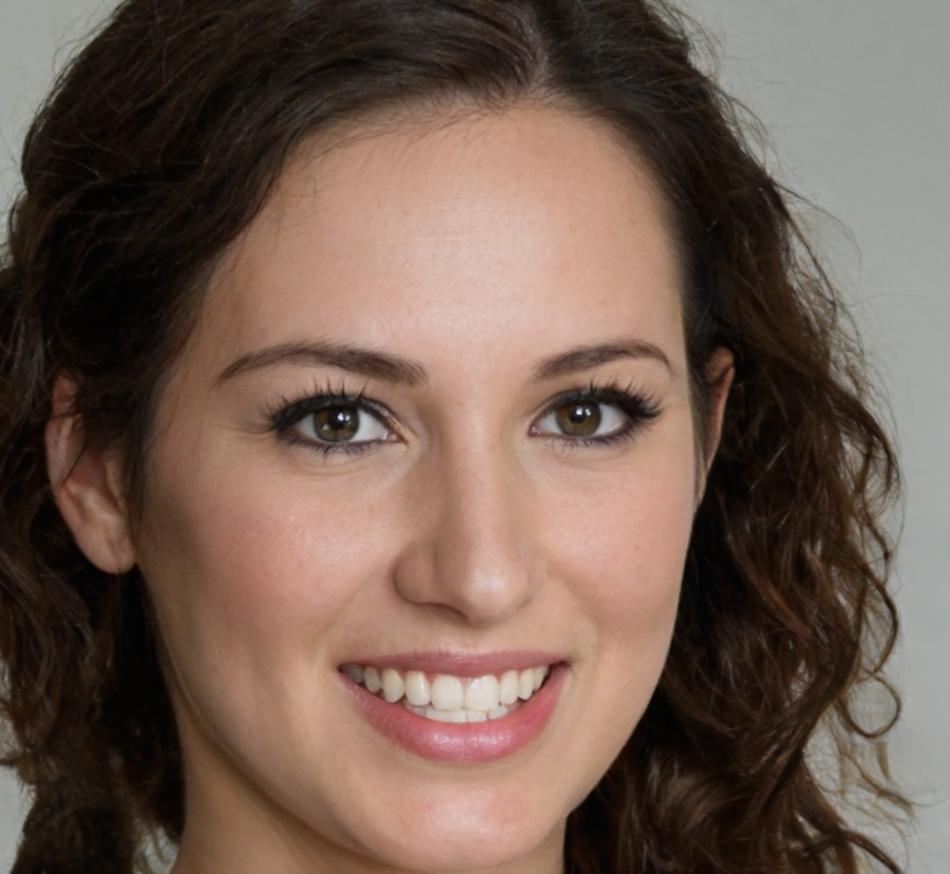Cash Flow Realities
Most businesses don't fail because they're unprofitable—they fail because they run out of cash. Our curriculum focuses on the difference between looking solvent on paper and having enough liquidity to weather actual market conditions. You'll work with balance sheets from companies that faced real crises in 2024.





